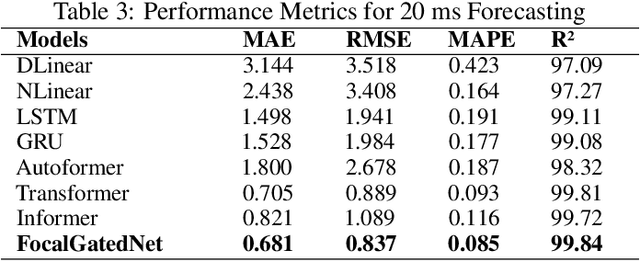Ahmad Aljarah
Khalifa University of Science and Technology, Abu Dhabi, United Arab Emirates
Feature Fusion for Human Activity Recognition using Parameter-Optimized Multi-Stage Graph Convolutional Network and Transformer Models
Jun 24, 2024Abstract:Human activity recognition (HAR) is a crucial area of research that involves understanding human movements using computer and machine vision technology. Deep learning has emerged as a powerful tool for this task, with models such as Convolutional Neural Networks (CNNs) and Transformers being employed to capture various aspects of human motion. One of the key contributions of this work is the demonstration of the effectiveness of feature fusion in improving HAR accuracy by capturing spatial and temporal features, which has important implications for the development of more accurate and robust activity recognition systems. The study uses sensory data from HuGaDB, PKU-MMD, LARa, and TUG datasets. Two model, the PO-MS-GCN and a Transformer were trained and evaluated, with PO-MS-GCN outperforming state-of-the-art models. HuGaDB and TUG achieved high accuracies and f1-scores, while LARa and PKU-MMD had lower scores. Feature fusion improved results across datasets.
FocalGatedNet: A Novel Deep Learning Model for Accurate Knee Joint Angle Prediction
Jun 12, 2023



Abstract:Predicting knee joint angles accurately is critical for biomechanical analysis and rehabilitation. This paper introduces a new deep learning model called FocalGatedNet that incorporates Dynamic Contextual Focus (DCF) Attention and Gated Linear Units (GLU) to enhance feature dependencies and interactions. Our proposed model is evaluated on a large-scale dataset and compared to existing models such as Transformer, Autoformer, Informer, NLinear, DLinear, and LSTM in multi-step gait trajectory prediction. Our results demonstrate that FocalGatedNet outperforms other state-of-the-art models for long-term prediction lengths (60 ms, 80 ms, and 100 ms), achieving an average improvement of 13.66% in MAE and 8.13% in RMSE compared to the second-best performing model (Transformer). Furthermore, our model has a lower computational load than most equivalent deep learning models. These results highlight the effectiveness of our proposed model for knee joint angle prediction and the importance of our modifications for this specific application.
 Add to Chrome
Add to Chrome Add to Firefox
Add to Firefox Add to Edge
Add to Edge